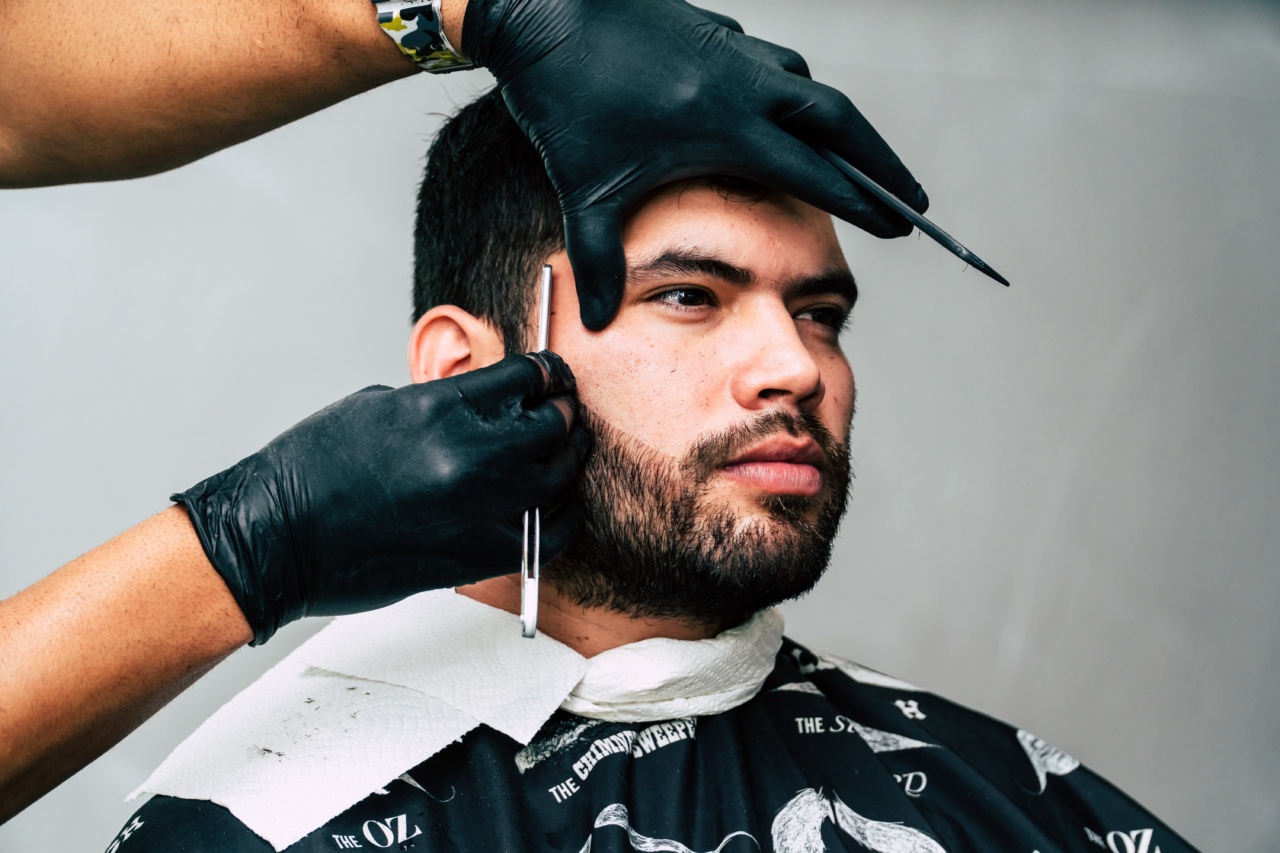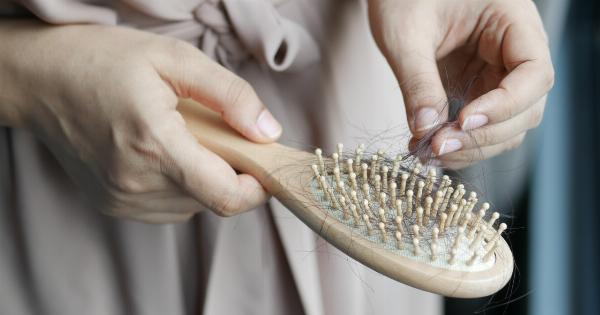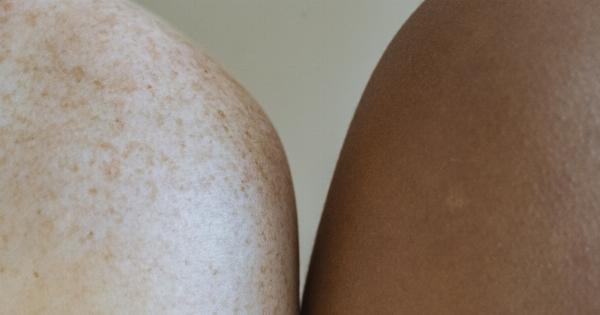When it comes to hair removal, there are various methods you can use, with shaving and waxing being the most popular. Both have distinct advantages and disadvantages that you should be aware of before choosing a method.
In this article, we’ll explore the benefits and drawbacks of waxing and shaving so that you can make an informed decision.
Benefits of Waxing
Waxing is a popular method of hair removal that involves applying hot wax to your skin, letting it harden and pulling it off quickly to remove hair. Some benefits of waxing include:.
Longer-Lasting Results
Compared to shaving, waxing offers longer-lasting results because it removes hair from the root. This means hair takes longer to grow back, and it’s often thinner and sparser than before waxing.
Depending on how fast your hair grows, waxing can last up to four weeks before you need to do it again. This saves time and effort spent on daily or frequent shaving.
Softer Hair Regrowth
Waxing leaves your skin feeling smoother and softer because it removes hair from the root, so hair grows back finer, softer, and less bristly.
As time goes by, your hair may stop growing altogether because the hair follicles may become damaged from hair removal. This, however, depends on the individual, and it may not happen in everyone.
Doesn’t Cause Ingrown Hairs
One downside of shaving is that it can cause ingrown hairs, which can be painful and unsightly.
If you have curly hair or sensitive skin, you’re more prone to ingrown hairs because when you shave, hair follicles may become inflamed, leading to hair curling back into your skin. Waxing, on the other hand, pulls hair out in the direction of hair growth, reducing the chances of developing ingrown hairs.
Drawbacks of Waxing
Like all hair removal methods, waxing has its drawbacks that you should consider before using it:.
Painful
Waxing can be painful, especially for first-timers or people who have sensitive skin. This is because the hot wax adheres to your skin, pulling your hair out by the roots.
However, the pain tends to reduce with more frequent waxing because the hairs become thinner and less rooted in your skin.
Redness and Irritation
After waxing, you may experience redness, swelling, and irritation due to the stripping of the top layer of skin and hair removal.
These symptoms usually disappear within 24 hours, but it’s crucial to avoid sun exposure or heat treatments, which can worsen the irritation. Depending on your skin type, you may also need to use a special cream or balm to soothe your skin after waxing.
Cost
Waxing can be more expensive than shaving or other hair removal methods because you need to get it done by a professional or buy waxing supplies. Prices can vary depending on the salon you choose or how much hair you want to remove.
Also, you need to factor in the time it takes to get waxed and recover from any irritation or redness.
Benefits of Shaving
Shaving is one of the most popular hair removal methods and involves using a razor to cut hair away from your skin’s surface. Some benefits of shaving include:.
Quick and Convenient
Shaving is a quick and convenient way to remove hair from your body, especially when you’re in a rush. You can do it yourself at home using a razor, foam, or gel and finish it within minutes.
This makes it an ideal option for people who don’t have the time or resources to get waxed professionally.
Less Painful
Compared to waxing, shaving is less painful because it doesn’t require pulling hair out of your skin’s roots. Instead, you’re cutting hair away from your skin, which feels less invasive and uncomfortable.
Affordable
Shaving is affordable and accessible because you only need a razor, some foam or gel, and water to get started. You can buy these products at any supermarket or drugstore, and they’re relatively inexpensive compared to waxing or laser treatments.
Also, you don’t need to worry about salon prices or booking appointments, making it a budget-friendly hair removal method.
Drawbacks of Shaving
While shaving is a popular hair removal method, it also has its disadvantages:.
Short-Lasting Results
Shaving only removes hair from the surface of your skin, meaning it grows back faster and coarser than before. This requires frequent shaving to maintain smooth skin, and even then, you may still experience some stubble or ingrown hairs.
Also, shaving can cause razor burn, which is a painful rash-like condition that occurs when hair regrows and rubs against your skin’s surface.
Ingrown Hairs
Shaving can cause ingrown hairs, especially if you have curly hair or thick hair. When you shave, the razor cuts hair at an angle, making it more prone to curl back into your skin. This creates bumps, redness, and sometimes infection if left untreated.
Also, shaving can irritate sensitive skin, causing inflammation and itching.
Risk of Cuts and Nicks
Shaving can be risky because you’re using a sharp blade to cut hair off your skin’s surface. This means you may accidentally nick or cut yourself, leading to bleeding, infections, or scars.
Also, using an old or dull razor can increase the risk of cuts, ingrown hairs, and razor burn, making shaving a tricky hair removal method.
Conclusion
Choosing the right hair removal method for you depends on your needs, budget, and skin type.
Waxing is a popular method that offers longer-lasting results, softer hair regrowth, and reduced chance of ingrown hairs, but can be painful, expensive, and cause redness and irritation. Shaving is a quick, affordable, and less invasive way to remove hair from your skin’s surface, but requires frequent maintenance, and can cause ingrown hairs, razor burn, cuts, and nicks.
Ultimately, you need to weigh the benefits and drawbacks of each method and choose one that suits your lifestyle and preferences best.





























